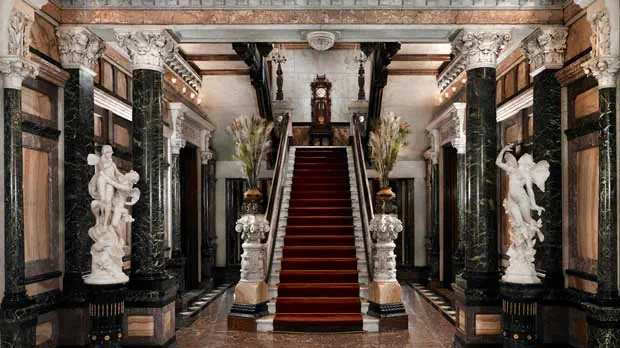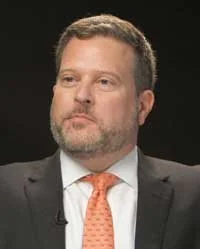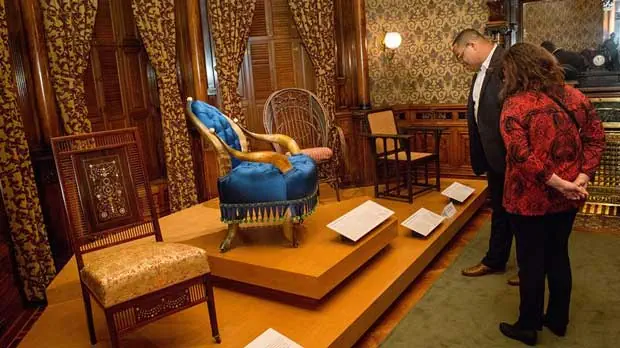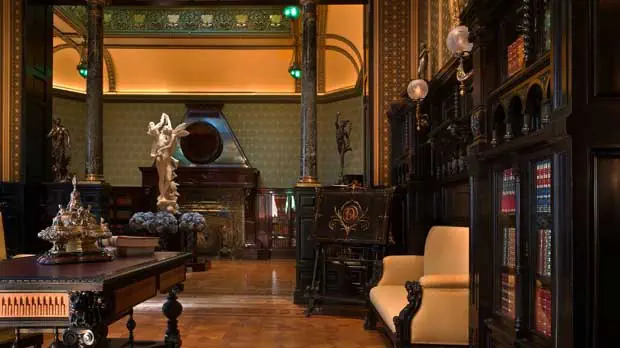
By Alexandra Fradelizio | m/Oppenheim Media Writer

In 1919, a group of concerned Chicago citizens fought to protect the city’s celebrated Nickerson Mansion from demolition. Built in 1883 and located a few blocks from Chicago’s famous Michigan Avenue, the three- story, Italian-inspired mansion was planned to be replaced by retail shops. In order to save and protect the historical site, the citizens sought to give the Nickerson Mansion to a nonprofit. The citizens’ plan eventually worked as the site was saved. Nearly 100 years later, the historical mansion was purchased and restored by philanthropist Richard H. Driehaus in 2003 and after an extensive restoration process opened as the Richard H. Driehaus Museum in 2008. Today, standing as the Driehaus Museum, the Nickerson Mansion invites visitors to “explore the art, architecture, and design of the late 19th century,” stated the museum’s executive director Richard Townsend.
Through its exhibitions and art collections, the Driehaus Museum embodies Chicago’s Gilded Age, a period lasting from the late 1800s to the early 1900s which was marked by the city’s increased wealth and prosperity. The museum offers historical tours to about 55,000 visitors per year and “reflects the immense wealth that was generated during that time which led to certain fundamental changes in our society,” explained Townsend.
Part of the museum’s mission is to educate visitors about the political and social elements of art, especially those created during the Gilded Age. At the height of Chicago’s prosperous age in 1893, two-thirds of the population were foreign-born and played a key role in the development of the city. As a result, the Driehaus Museum stands as a physical embodiment of Chicago’s diverse history and invites visitors to discuss current societal issues.
“We like to be a socially conscious Gilded Age museum,” said Townsend.

“Because of the moment in time it celebrates and encapsulates, we can also have conversations about how the Gilded Age was not so gilded for everyone.”
Townsend, who previously served as the curator of the Philbrook Museum of Art in Tulsa, Oklahoma, is inspired by the architecture of Chicago’s landscape and how it factors into the mission of the Driehaus Museum. As the executive director, Townsend implements a diverse number of programs in order to make the museum a place where all visitors can learn how Chicago’s past influences its present state.
While the museum continues to reflect the art and architecture of the Gilded Age, a continuously changing exhibit schedule helps to “bring in new voices” in order to analyze the past. Although the museum will soon announce the future exhibition schedule for 2019, a Tiffany show is planned for next year as well as an exhibit honoring the 125th anniversary of the World Fair. Through its diverse set of exhibits, the museum continues to increase the number of yearly visitors in order to “usher new generations into the Gilded Age.”

Although the city of Chicago has seen numerous changes since the Nickerson Mansion was completed over 100 years ago, the Richard H. Driehaus Museum serves as a bridge in connecting the past to the present. Arguing that we are currently living in a second Gilded Age, Townsend states the museum is a reminder of the responsibility of art in order to both educate and inspire a wide range of audiences.
“We don’t want it to be off-putting. We want this to be an inviting place, and I know we can make it that way with opening it up to more people, to a greater diversity of people, through a greater variety of programming and taking these old and still relevant themes and looking at them through a fresh lens.”
Learn more about the Richard H. Driehaus Museum and Donate.
